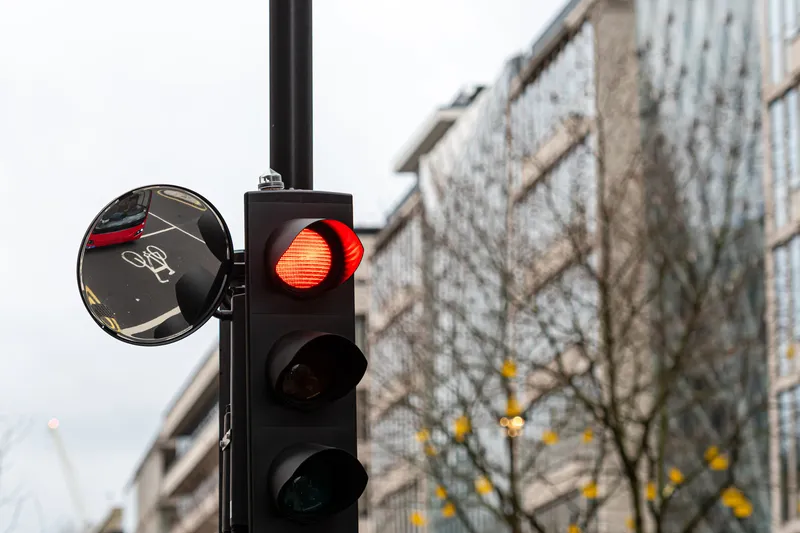The London Borough of Camden has installed two Swarco Prism signs at either end of a width-restricted road in a bid to curb drivers using the road to avoid congestion during peak periods. The signs are timed to change at peak periods of day to create a short one-way section and ease traffic flow. Outside these hours, priority working signs manage the narrow stretch of road.
The signs include integrated PC controls, which enable operators to remotely control and alter the timing of the switchover as req
January 26, 2016
Read time: 2 mins
The London Borough of Camden has installed two 129 Swarco Prism signs at either end of a width-restricted road in a bid to curb drivers using the road to avoid congestion during peak periods. The signs are timed to change at peak periods of day to create a short one-way section and ease traffic flow. Outside these hours, priority working signs manage the narrow stretch of road.
The signs include integrated PC controls, which enable operators to remotely control and alter the timing of the switchover as required, and a free-mounted camera with a time and date stamp facility to show the exact status of the sign when needed to prove a potential motoring offence has been committed if the status of the sign is in dispute.
Derek Williamson, head of sales for Swarco Traffic, says that the project was not without its challenges: “We presented both LED and prismatic technology to the council and explained the benefits of both before they opted for the latter, which is also easier to read by their installed CCTV. The signs have been tailored in keeping with the council’s requirements and we are also providing a high level of maintenance and ongoing support with a fault callout option to avoid the issues they had earlier.”
The signs include integrated PC controls, which enable operators to remotely control and alter the timing of the switchover as required, and a free-mounted camera with a time and date stamp facility to show the exact status of the sign when needed to prove a potential motoring offence has been committed if the status of the sign is in dispute.
Derek Williamson, head of sales for Swarco Traffic, says that the project was not without its challenges: “We presented both LED and prismatic technology to the council and explained the benefits of both before they opted for the latter, which is also easier to read by their installed CCTV. The signs have been tailored in keeping with the council’s requirements and we are also providing a high level of maintenance and ongoing support with a fault callout option to avoid the issues they had earlier.”










